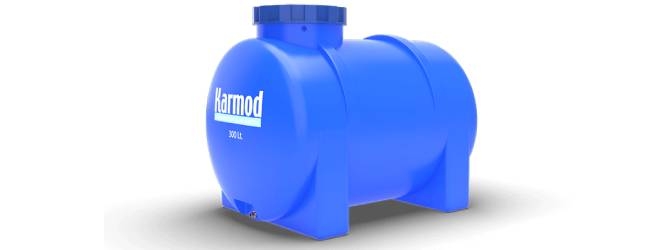
In the plastic industry, it's commonly referred to as PE or polyethylene. Polyethylene water tanks are just one of many industrial products made from this material. Polyethylene is a type of plastic consisting of ethylene molecules (C2H4) with two CH2 units linked by a double bond. The polymerization reaction of ethylene was discovered by chance in 1930 at the British chemical products company Imperial Chemical Industries, although it wasn't widely used in production until the 1970s. The production of polyethylene involves the polymerization of ethylene. Polyethylene plastics can have low-density, medium-density, or high-density forms, and they are moldable, extrudable, and can be cast into various shapes. Polyethylene is a material that doesn't absorb much water, making it tough, durable, dimensionally stable, and rigid.
So, why is polyethylene used in water tanks? As mentioned earlier, polyethylene is a tough plastic that comes in high-density, medium-density, and low-density forms. High-density polyethylene (HDPE) and linear low-density polyethylene (LLDPE) are typically obtained through low-pressure operations, while low-density polyethylene (LDPE) is achieved with high-pressure operations. Water tanks made from polyethylene are also UV stabilized. This means they have additives that protect the polymer from heat, cold, and UV light, preventing degradation. This UV stabilization ensures that your water tank is not affected by sunlight or cold temperatures.
There's a common misconception that polyethylene is harmful to health. However, this is purely a myth. It's widely used for various things, including food packaging such as milk cartons and oil bottles, and there's no evidence of harm to health.
Another advantage of polyethylene is its recyclability. Additionally, because it is UV stabilized, it prevents the growth of algae or fungi inside the tank. This makes it an ideal environment for storing liquids. Polyethylene tanks are molded from a mold, resulting in a smooth surface, which allows them to adapt to various environmental conditions.


 EN
EN
 DE
DE
 FR
FR
 IT
IT
 ES
ES
 PT
PT
 RU
RU
 AR
AR
 BG
BG
 SR
SR
 GR
GR
 SQ
SQ
 RO
RO
 PL
PL
 HU
HU
 CZ
CZ
 HR
HR
 AZ
AZ
 GE
GE
 AM
AM
 IL
IL